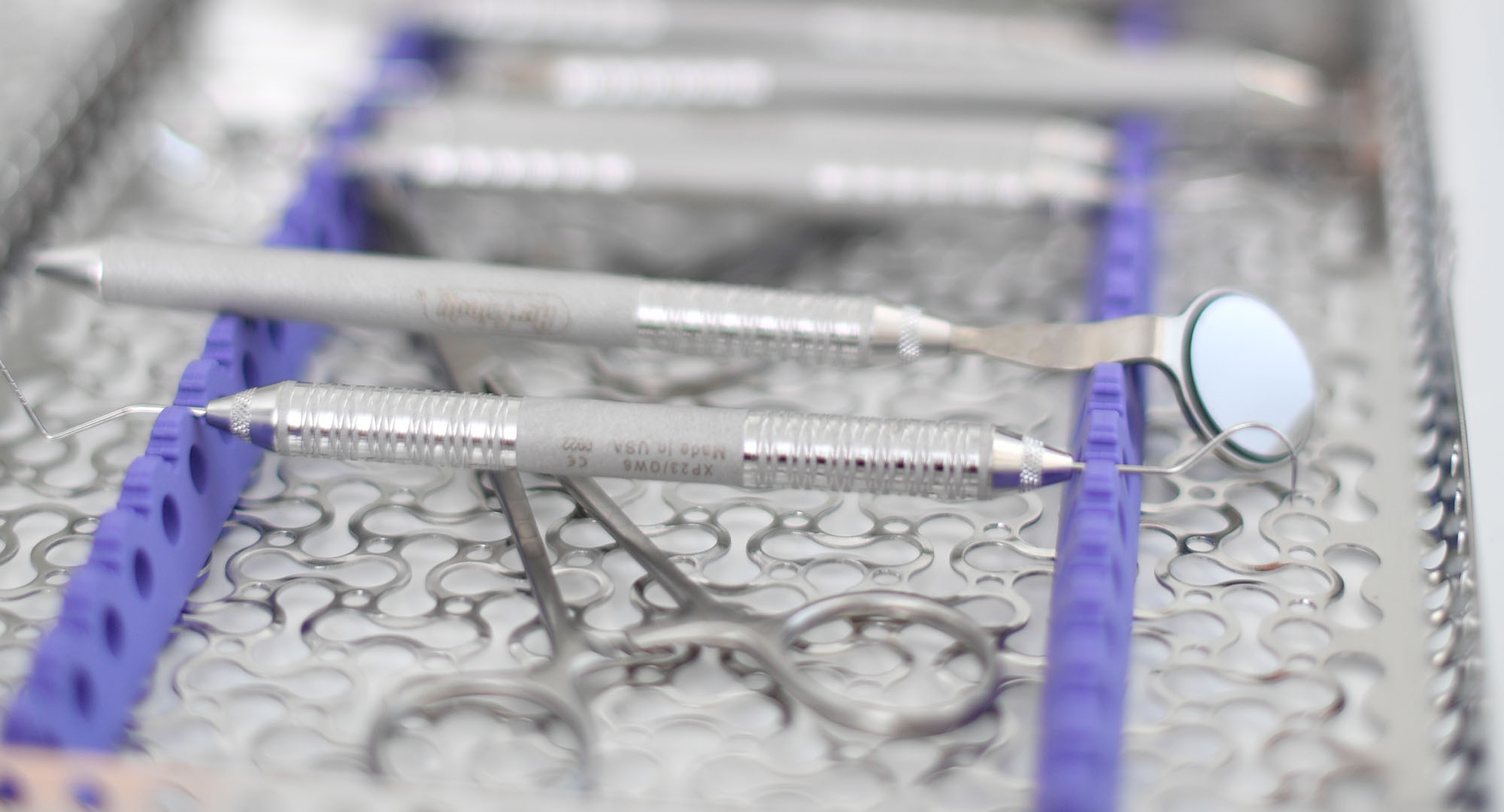Key Considerations for Dental Practice Expansion

Check Your Practice’s Pulse
Dentists aren’t known for having a high tolerance for business risk. And who can blame us? During our entire tenure at dental school, we practice the art and craft of dentistry, but receive minimal training in how to run a practice.
Typically, the first time dentists see a P&L statement is when they are looking to buy their first practice and never when they are practicing as an associate. It’s a major blind spot that can hamstring practitioners right from the start.
At any time, dentists should know the following about their business:
These few metrics serve as the vital signs for your practice. Dentists need to act like any other business owner and know exactly how much money they are earning and how much they are spending. We need to know the exact bottom line. Without that basic level of knowledge, it’s impossible to tell whether a practice is ready for growth or gasping for life.
There is no magic metric that tells dentists when they are ready to open a new dental office. This is a judgement call determined by the practitioner’s comfort. I’ve heard stories about dentists who use annual revenues or patient numbers as their top indicator. There are also practitioners who set aside a portion of their revenues into a separate account, similar to how people may buy a house or car, until they hit a predetermined number. There is no right or wrong way to go about investing in your future. The key is to get out of your comfort zone to maximize the practice’s earning potential.
There’s no 2 ways about it: building out a modern dental office is expensive. There is a wide array of contractors, bureaucrats, and salespeople who are vitally important to bringing your vision to life.
The largest expense by far that I experienced was leasing the space for my new dental locations and then working with contractors to build out the offices. These steps took up a huge amount of my time and budget. In addition, there were many unforeseen costs involved in this process as there were permits to be secured and seemingly hundreds of decisions to be made to create the look and feel of these new offices.
I would encourage my fellow dentists to sweat the details as every element of the build, no matter how small, will have a direct effect on the patient experience. Make sure you hold your contractors accountable to timelines and budgets or else costs can spin out of control very quickly.
Another large expense that surprised me was marketing and advertising. When you open a new office, it’s crucial that you spend money informing the surrounding community that you are open for business. Print and online ads, flyers, custom take-home bags, and a hundred other promotional items all cost a lot of money in order to be done right.
One guiding principle that I use in my own strategy is to make sure my marketing investments are measurable. This data lets me know whether a tactic worked or not. Keep an open mind and try new things, but make sure there is a system in place that lets you know whether the campaign drove any new business.
I’ve seen many colleagues burn themselves out when they try to keep their original patient schedule while they expand their practice. It’s a classic example of holding on to what’s familiar versus embracing the unknown. The best advice I can give to ambitious dentists is to be comfortable adjusting their schedule as the need arrives.
We all start out as hard-working practitioners. But, as our career progresses, we should be focused more and more on the business. It’s a tradeoff that many are uncomfortable making, but ultimately it is the right decision for my practice, my staff, and my family.
Finding the right balance between practicing dentistry and running a business can be tough, but I’ve found it to be exhilarating and something that continually rejuvenates my love for what we do. It’s important for practitioners to push themselves and see what they are capable of. Dentists that embrace the challenge of expansion are rewarded for their hard work in more patients and more revenue.
